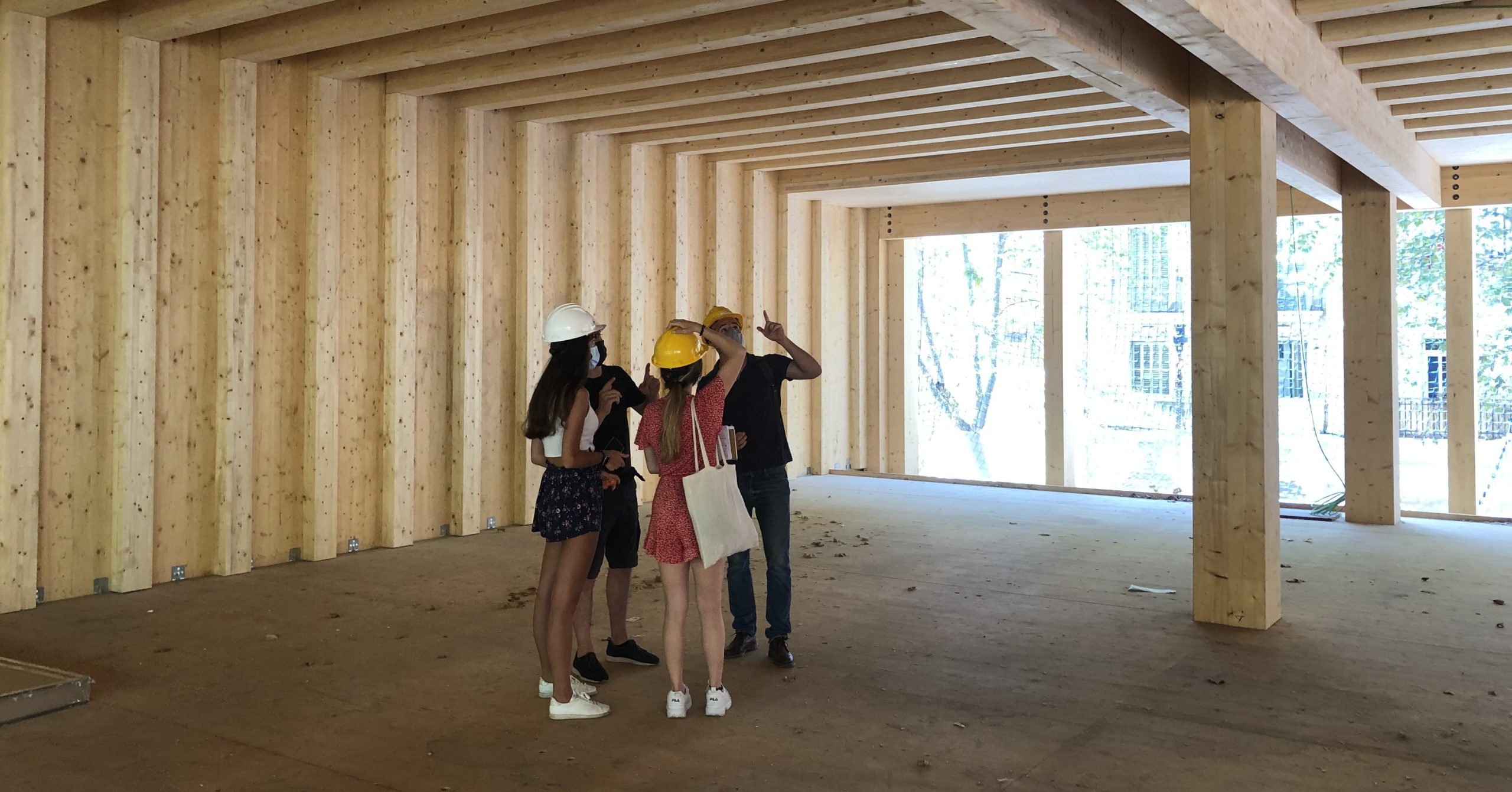The new Construction Products Regulation (CPR), which substitutes the EU 305/2011, entered into force in January 2025 with a one-year compliance transition until January 2026.
What is the main objective of the new CPR?
Its main objective is strengthening of harmonisation of the European market, guaranteeing a transparent, safe and competitive environment for all the actors of the construction industry (builders, manufacturers, consultants, professionals, traders, public administration and consumers).
How?
- Facilitating the sale of construction products in the EU Single Market
- Providing technical common language in Europe for the construction sector
- Enhancing the competitiveness, transparency, and safety of the construction sector
- Providing support for novel and innovative construction products and techniques
- Providing harmonised standards and ensuring the sustainability and quality of the construction products
- Helping on decision-taking to builders, architects, engineers, end-users and public authorities based on the performance and sustainability of the products
Who is concerned?
- The regulation affects all EU member states and applies to manufacturers, importers and distributors intending to place construction products on the European market.
- It is mandatory for both trading between member countries and internal market.
What is new in the new CPR?
- Digitalisation of the construction sector: Digital Product Passports (DPP) will be required for all construction products with the aim to improve the traceability of the products. It will provide information about the Declaration of Performance (DoP) and Conformity (DoC), safety, and instructions for use, as well as about the Environmental Product Declaration (EPD). The information contained into the DPP will then be easily integrated into the building information modelling (BIM) of the buildings, with the aim to facilitate the calculation of the building carbon footprint based on the products information.
- Sustainability and environmental requirements: Unlike to other EU product legislations, which comprise differentiated regulations for both technical and environmental requirements, the new CPR integrates both under the same regulation because the building approach needs to be considered. More rigorous environmental requirements for the construction products will be required, in line with the objectives of the EU Green Deal. The Environmental Product Declaration (EPD), which was voluntary in the previous regulation becomes mandatory for all the construction products regulated by harmonised standards. Building products will have to meet more severe standards in terms of energy efficiency, emissions reduction, resource efficiency, and use of recycled materials.
- Harmonisation with the national building codes and CE marking: Standardisation remains at the core of the new CPR and CE marking as the only way to demonstrate compliance with the technical standards. There are currently more than 500 construction- related EN standards in the European Standardisation Committees (CEN). Many of them need to be updated and/or harmonised, and new ones will be developed to comply with the new CPR. Collaboration between the private and public sector is essential to develop the future harmonised standards. All member states must follow the rules set out in the harmonised standards of the European Standardisation Committee. Member states are not allowed to have their own additional rules or requirements for product characterisation or assessment. The alternative way to obtain the CE marking through the European Organisation of Technical Assessment (EOTA), when harmonised standards are not available for specific products, is maintained. The figure below (European Commission, 2024) shows the groups of construction products, priorities for reviewing/developing harmonised standards, and if it is possible to update them via fast track or not and some examples of wood construction products regulated by the CPR.

The two product families focused on wood are 13: Structural timber products/elements and ancillaries (strength graded wood species, glulam, CLT, LVL, connectors, etc.) and 14: Wood-based panels and elements (solid wood panels, particleboards, fibreboards, plywood, OSB, etc.). Structural timber products are identified as priority 7 from 34, but the fast track for updating the standards is not possible, while wood-based panels are prioritised with number 16 and fast track is possible. But standards under other PA can also affect wood construction, such as PA 4. Thermal insulation (from wood and other vegetal fibres such as grass, hemp or jute), PA 19. Floorings, PA 21. Wall and ceiling finishings (timber building kits, acoustic panels, etc.), etc.
WoodStock
The WoodStock project “Climate-smart use of underutilised wood in construction to support the New European Bauhaus”, is a consortium of 13 partner organisations funded by the EU under Horizon Europe. It develops climate-smart solutions and strategies to increase the use of wood, including under-utilised wood resources (hardwoods, low quality wood, salvage wood and post-consumer wood) in the European construction sector. Following a transdisciplinary, multi-actor approach, the project aims to promote sustainable wood construction practices and advance the circular economy in the framework of the new CPR.
PDF Version of the article:
References and more information
- European Union (2025). Regulation (EU) 2024/3110 of the European Parliament and of the Council of 27 November 2024 laying down harmonised rules for the marketing of construction products and repealing Regulation (EU) No 305/2011.
- Ministerio de Industria y Turismo. Madrid (2025). New European Construction Products Regulation conference. Madrid, 30 January 2025. Available online: https://www.youtube.com/live/74yZR3obNiQ
- European Commission (2024). Conference on the new Construction Products Regulation 2024. Brussels, 30 October 2024

